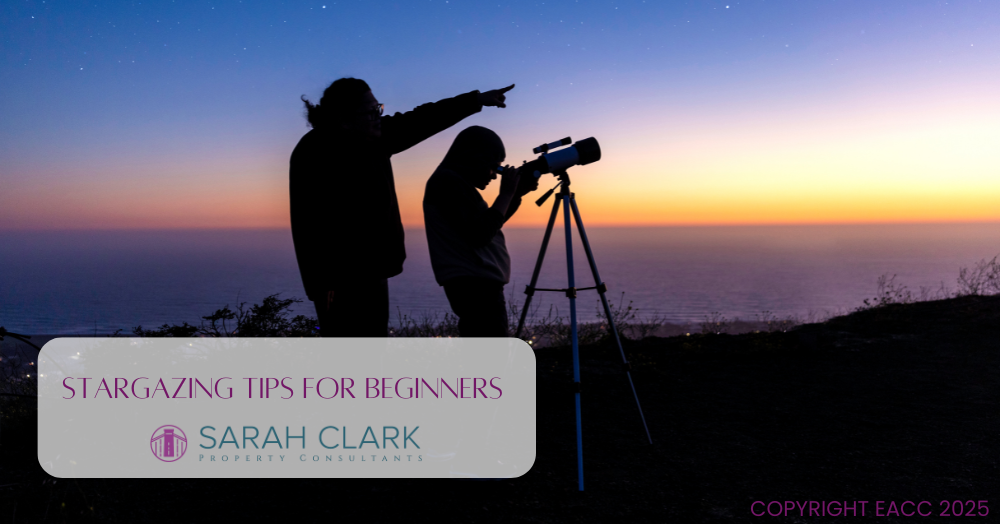Stargazing Tips for Beginners in Bristol
If you're sick of staring at a screen, take up stargazing and see the world from a different perspective.
Every major civilisation has looked to the night skies for inspiration and information.
The Romans believed the stars and planets were the gateway to the Gods.
The Mayans used astronomy to determine when to plant and harvest crops.
And explorers such as Christopher Columbus and Sir Francis Drake observed constellations in order to navigate the globe.
But these days, most of us are more likely to spend our evenings gazing at a screen than the stars.
Astronomers hope to turn this around on Look Up at the Sky Day on Monday (April 14), when everyone is encouraged to gaze upwards at the beauty of the night sky.
If you're new to stargazing but fancy giving it a go, here are three tips to get you started.
Plan ahead and be patient
Light pollution is a stargazer's nemesis, so find a vantage point, such as a local park or field, away from streetlights.
Wear warm clothes and comfortable footwear and take a camping chair, blanket and thermos of tea or hot chocolate.
Once you get settled, allow 20 minutes for your eyes to adjust to the darkness (this is known as dark-adapted vision).
Take a red-light torch
It's best to take a torch to help you find your way in the dark. But avoid a standard torch, as the white light will disrupt your night-time vision.
Instead, invest in a torch with a red light, which is far less obtrusive to the eye.
You can get hand-held or head torches with a red LED option from most good camping and outdoor stores.
Use an app
Download a free stargazing app such as Night Sky or Sky Map.
Once downloaded, you point your phone at the sky, and a labelled map of the stars and planets you're looking at will appear.
You'll also get interesting facts, figures and historical background related to what you're looking at.
However, before using a stargazing app, adjust the settings on your phone to minimise white light and maximise warmer shades. If you have an iPhone, go to the Night Shift setting. Android users can make adjustments via the Night Light or Eye Comfort feature.
If you know someone who would find this article helpful, please share it with them.






Share this with
Email
Facebook
Messenger
Twitter
Pinterest
LinkedIn
Copy this link